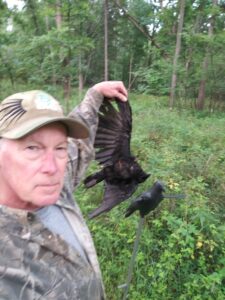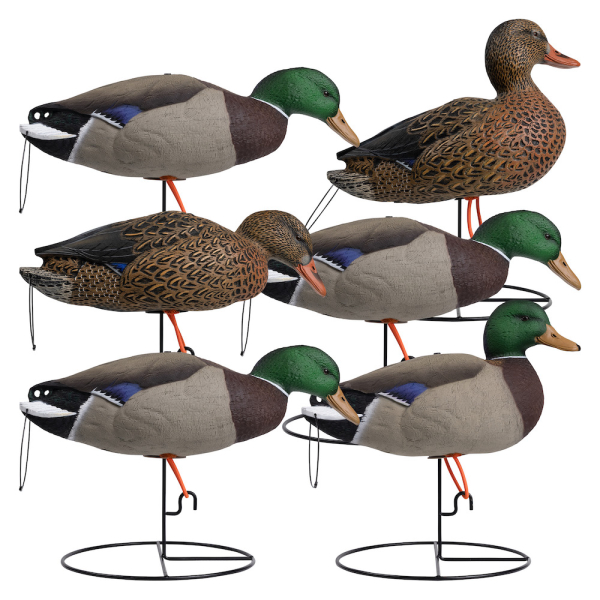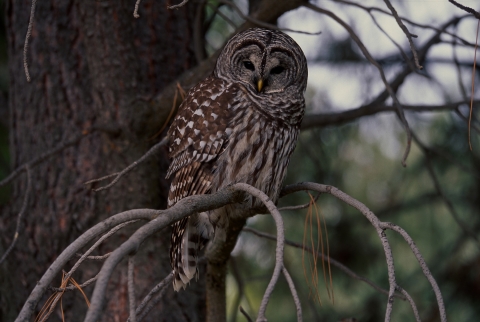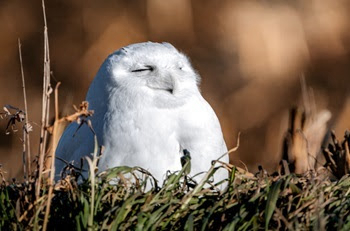Raining Crows
By Glen Wunderlich
A business associate once told me that advice was only worth what one pays for it. Well, here’s some advice that breaks that mold.
When it comes to crow hunting, I’ve tried it all, but until recently, nothing seemed to help significantly. Magnum hand-brewed shotshell loads worthy of bringing down orbiting space junk didn’t improve results. Extra-full chokes, same thing. Bags of motionless decoys? Leave ‘em home. The owl decoy everyone seems to want to interject into the action? Not necessary. Mouth-blown crow calls? Good luck learning the language. Heavy shot? Save it for turkeys.
But, after years of experimenting, there appears to be promise for my crow-hunting comrades, Shawn Weaver, Matt Arnold and me, because our results have improved since we began our three-man hunts.
Here’s how our tactics have evolved. Our common denominator is the 12-gauge shotgun, although others will certainly get the job done. My partners continue to experiment with various loads, but I have been converted and sold on the effectiveness of standard-variety game loads of 7 ½ shot size launched through an improved-cylinder choke.
Unless you’ve got an expert shotgunner at your side, who can watch your technique at a range, it’s difficult to understand why misses occur. It had been puzzlement. But, when I spoke to a wing shooter from Pennsylvania last year, I decided to take his advice.
Unlike waterfowl that flies 60 miles per hour, crows are relatively slow, although they can be particularly evasive when fired upon. “When they are coming in, swing on them and cover the bird with the muzzle”, he explained. “You’ll get them every time.” His advice was spot on.
Decoying properly is a key to success and nothing compares to the myriad motion decoy options available today. We use three types: A crow kite (www.jackite.com), battery-powered, flapping wing decoys from www.crowbusters.com, and a crippled crow decoy placed on the ground. The excitement of the fighting-crow calls gets the winged varmints coming toward you and the motion sells the trickery.
All calling is done with a remote-controlled electronic caller from FoxPro, but plenty more such devices are on the market, as well. The motion decoys will focus incoming attention away from camouflaged hunters and toward the setup. When the high-flying marauders come into view, they home in on the ruse. Last weekend, during one set, a Cooper’s hawk came within a foot of striking one of our decoys, but pulled up at the last instant. You know you’re doing something right when that happens!
And, if you stay away from tall trees, the varmints will come in close enough for the more open chokes, which provide a distinct advantage over tighter chokes.
Shawn’s already mentioned that we need more crow kites and I’m guessing that’s just what we’ll have on our next hunt. Remember, the current season ends March 31st; after that, you’ll have to wait until August to try your skills against one of the craftiest critters you’ll ever encounter.








